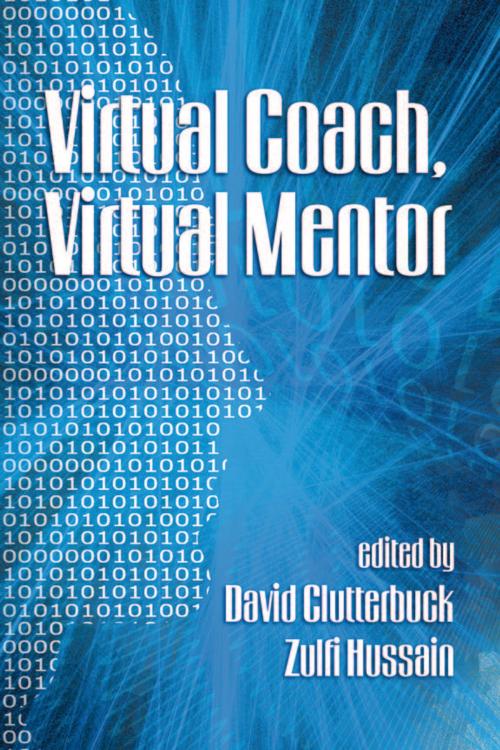Virtual Coach, Virtual Mentor
Nonfiction, Computers, Advanced Computing, Virtual Reality, Business & Finance, Management & Leadership, Management, Human Resources & Personnel Management| Author: | ISBN: | 9781607523109 | |
| Publisher: | Information Age Publishing | Publication: | October 1, 2010 |
| Imprint: | Information Age Publishing | Language: | English |
| Author: | |
| ISBN: | 9781607523109 |
| Publisher: | Information Age Publishing |
| Publication: | October 1, 2010 |
| Imprint: | Information Age Publishing |
| Language: | English |
In the case of virtual coaching and mentoring (or ementoring and ecoaching; or coaching/mentoring by wire—choose your own preferred nomenclature!) there are hundreds, perhaps thousands of programs and initiatives across the world. Yet there is comparatively little in the way of comparison of good practice or academic evaluation of what does and doesn’t work. We found numerous individual case studies but a dearth of empirical research and no significant collection of cases to illustrate the diversity of applications. Virtual Coach, Virtual Mentor provides a wide variety of perspectives on a rapidly growing phenomenon. We hope and intend that it should make a timely and significant contribution to good practice and to encouraging more practitioners and their clients and more organizations to experiment with using electronic media to enrich coaching and mentoring. The view of ecoaching and ementoring is firmly one that these new media are less a replacement for traditional facetoface than an enhancement of learning alliances in general. We see no evidence of fewer facetoface coaching or mentoring relationships—on the contrary, they continue to become more popular and widespread. Rather, we see that virtual coaching and mentoring both enrich predominantly facetoface relationships, by connecting partners at times between formal meetings, and open up coaching and mentoring to new audiences and new applications.
In the case of virtual coaching and mentoring (or ementoring and ecoaching; or coaching/mentoring by wire—choose your own preferred nomenclature!) there are hundreds, perhaps thousands of programs and initiatives across the world. Yet there is comparatively little in the way of comparison of good practice or academic evaluation of what does and doesn’t work. We found numerous individual case studies but a dearth of empirical research and no significant collection of cases to illustrate the diversity of applications. Virtual Coach, Virtual Mentor provides a wide variety of perspectives on a rapidly growing phenomenon. We hope and intend that it should make a timely and significant contribution to good practice and to encouraging more practitioners and their clients and more organizations to experiment with using electronic media to enrich coaching and mentoring. The view of ecoaching and ementoring is firmly one that these new media are less a replacement for traditional facetoface than an enhancement of learning alliances in general. We see no evidence of fewer facetoface coaching or mentoring relationships—on the contrary, they continue to become more popular and widespread. Rather, we see that virtual coaching and mentoring both enrich predominantly facetoface relationships, by connecting partners at times between formal meetings, and open up coaching and mentoring to new audiences and new applications.















